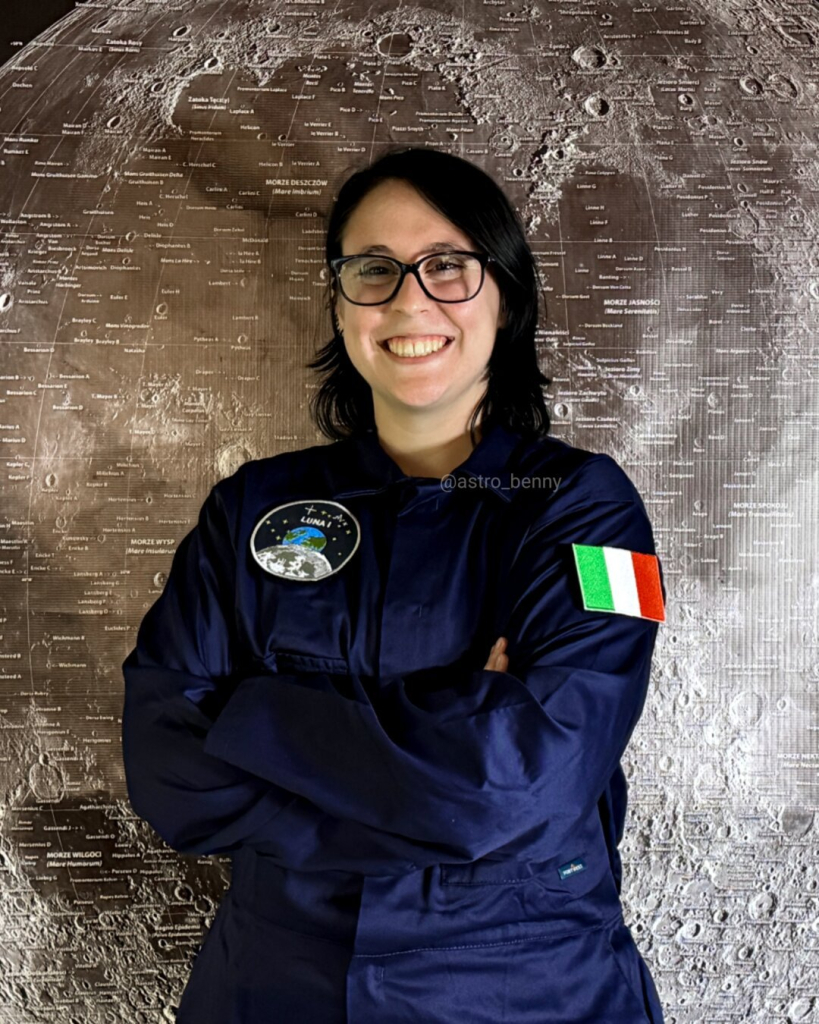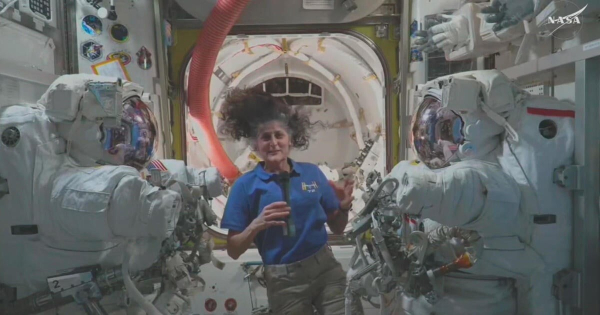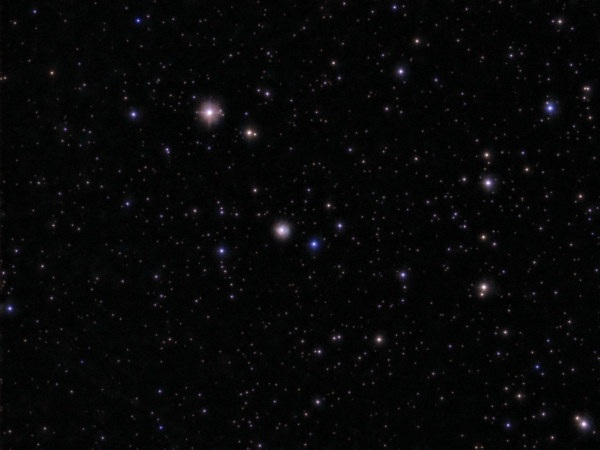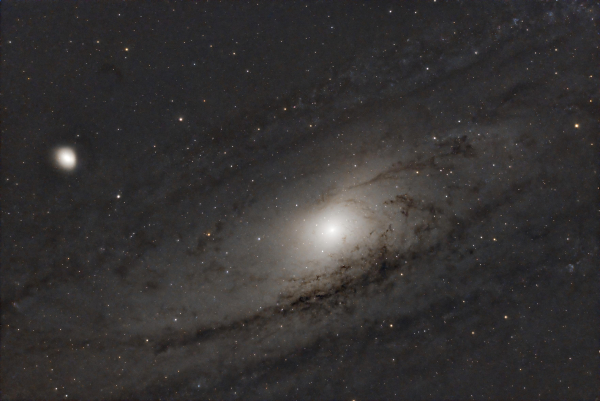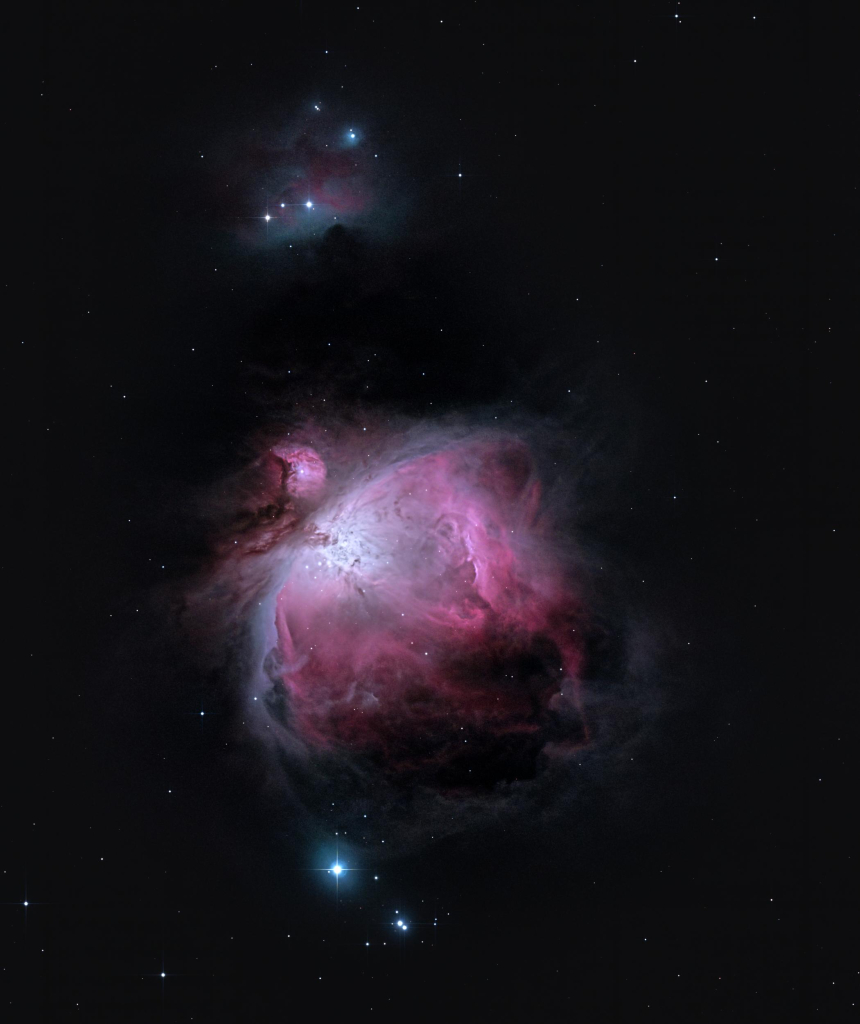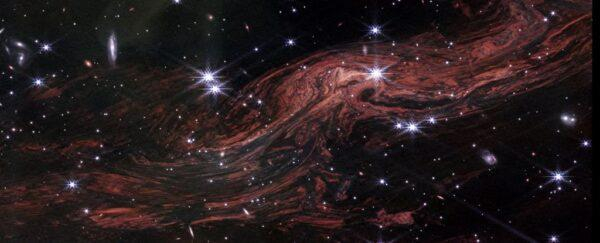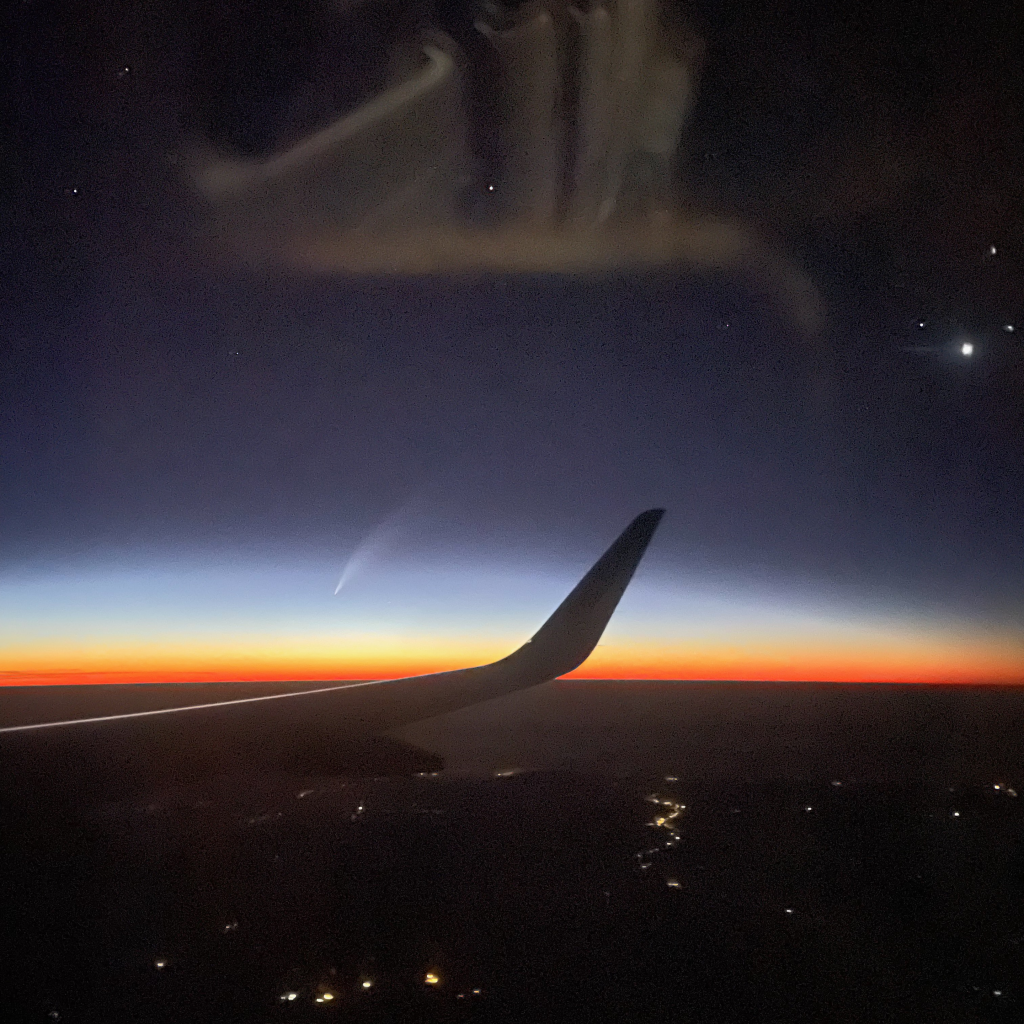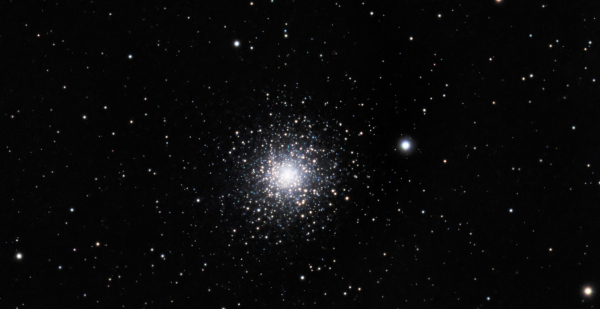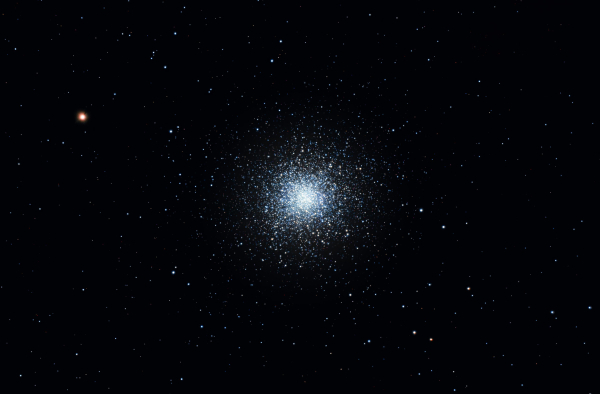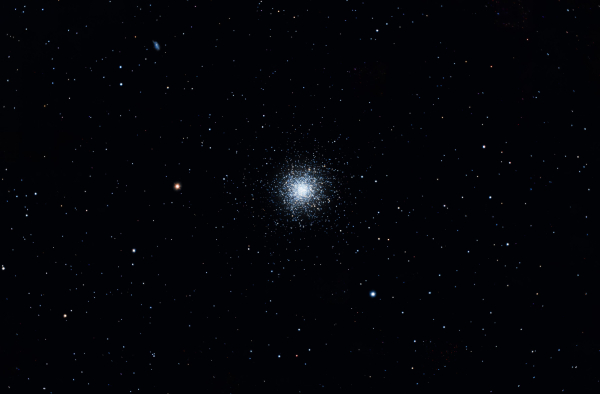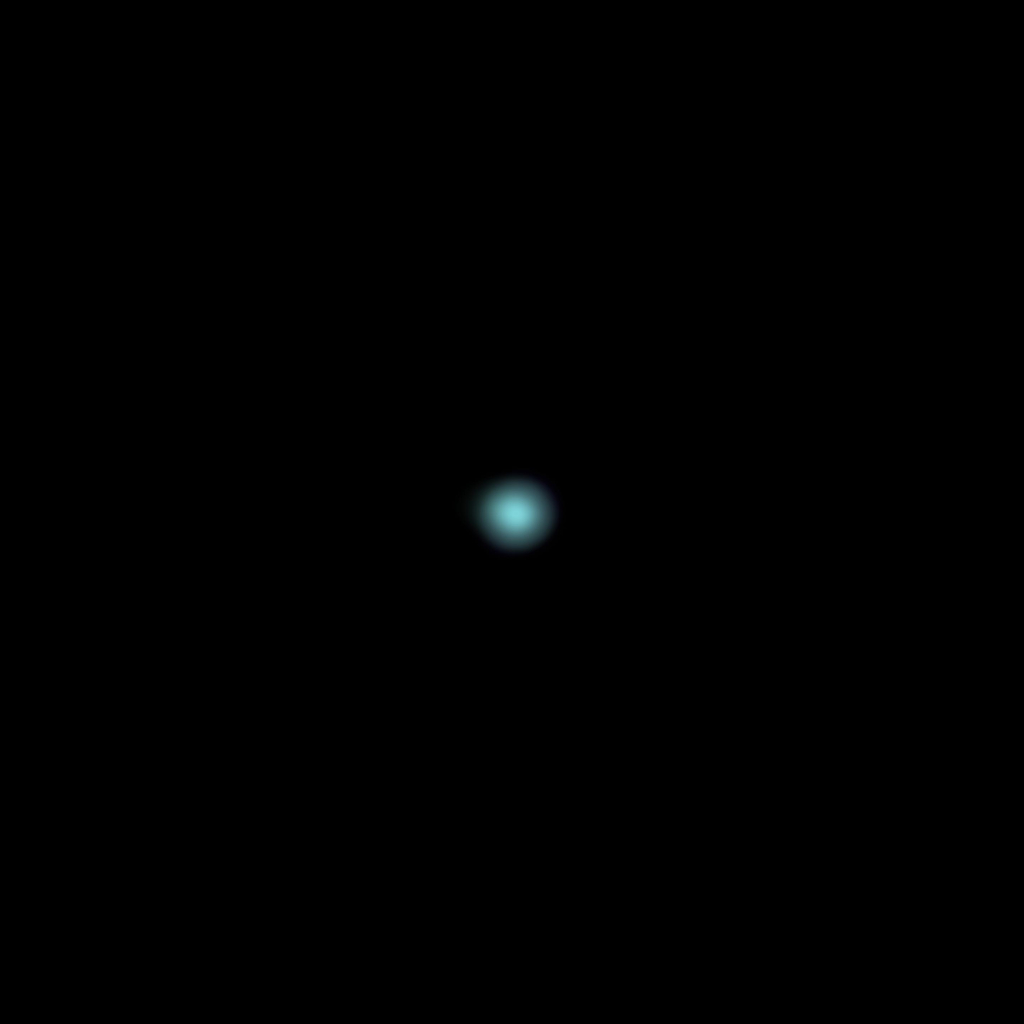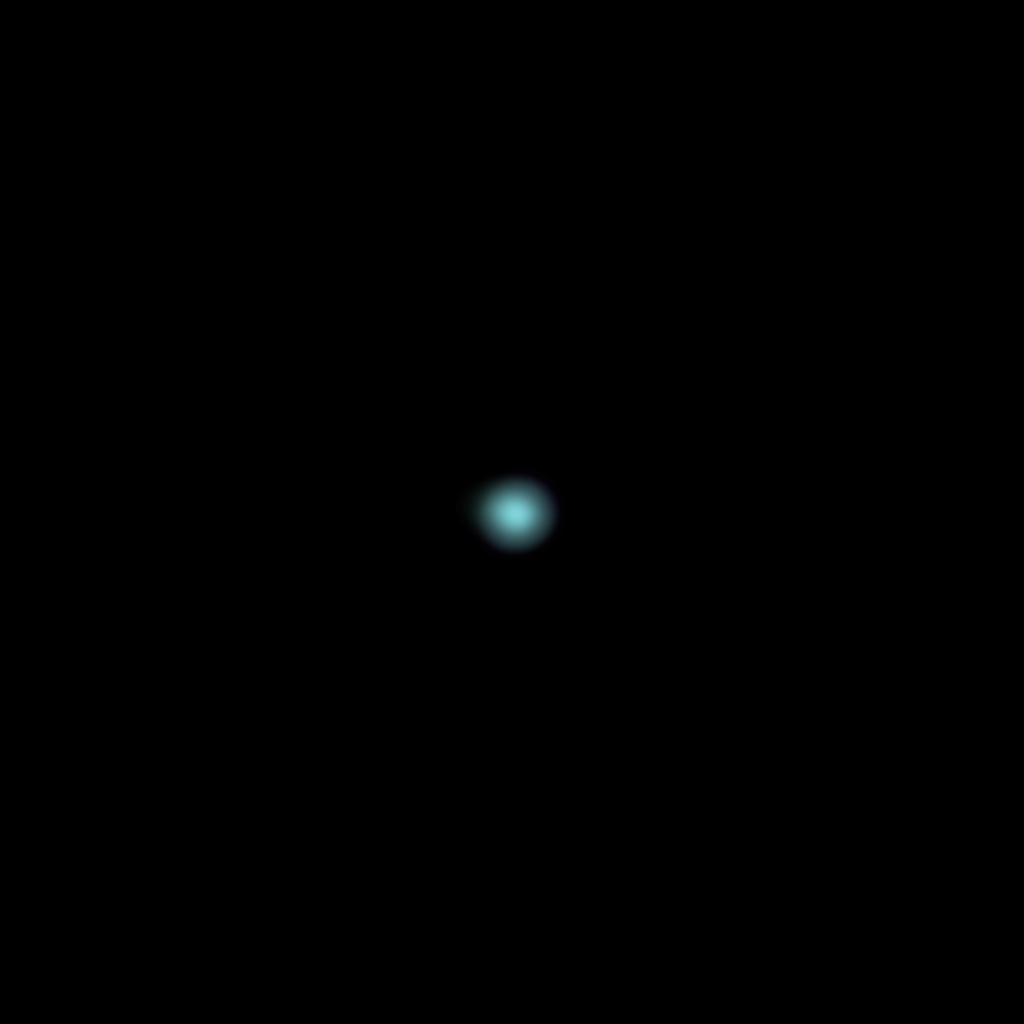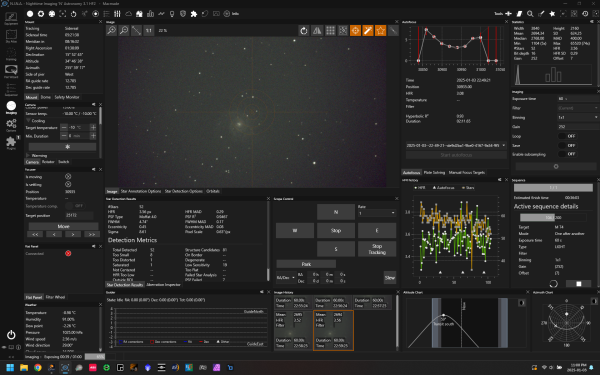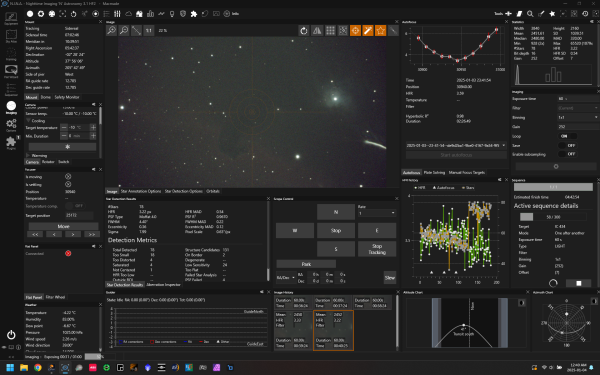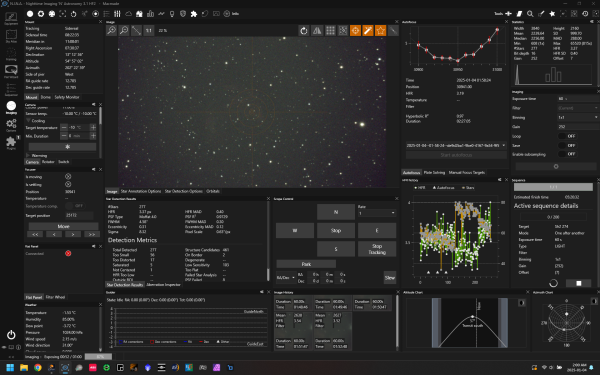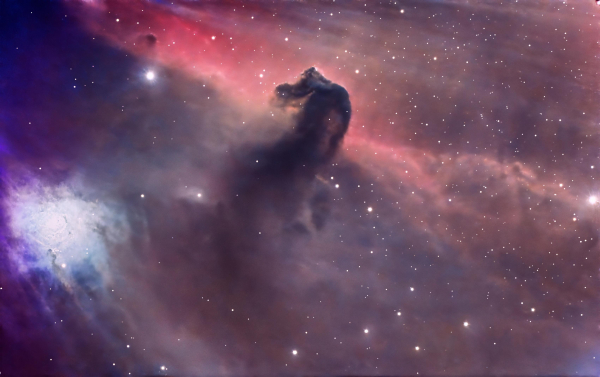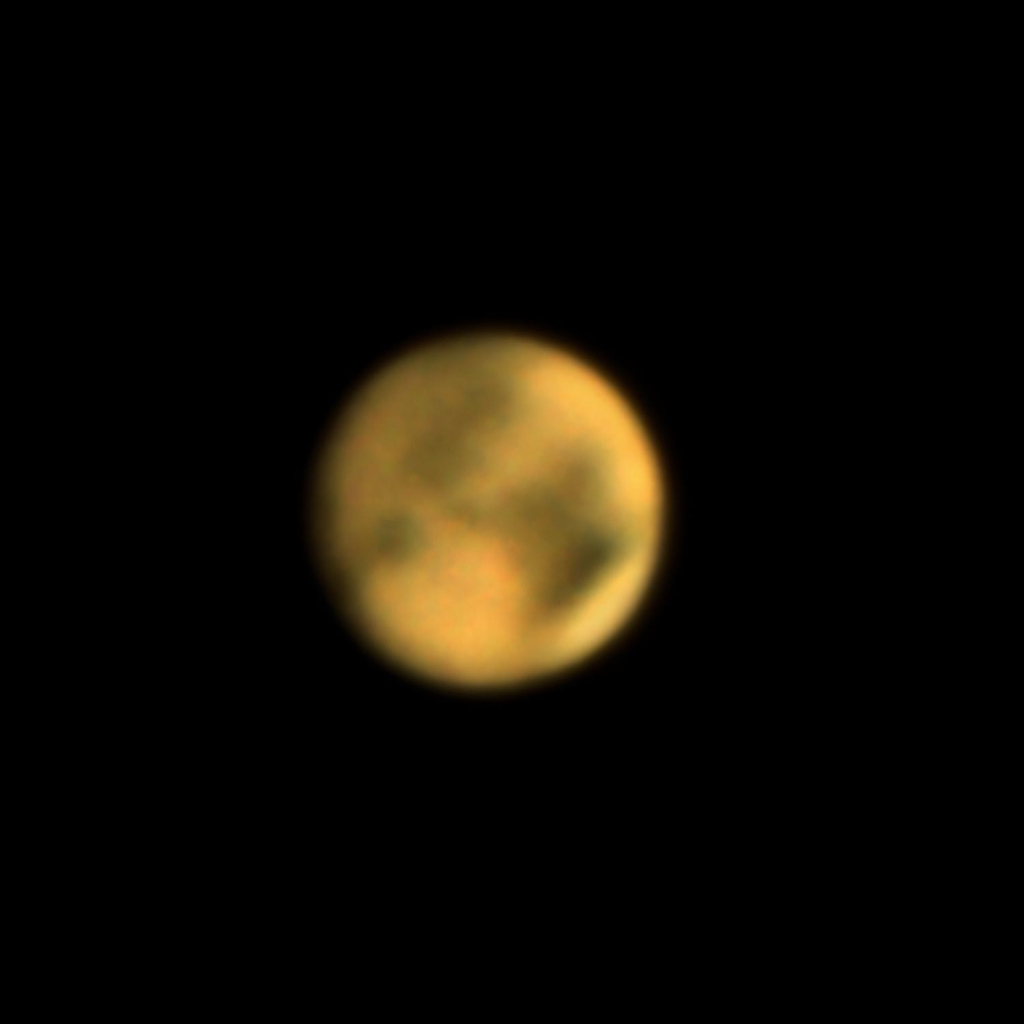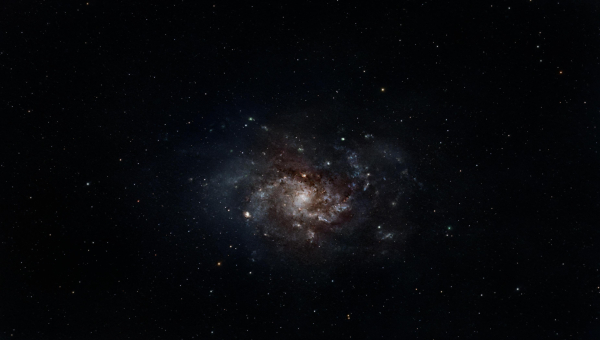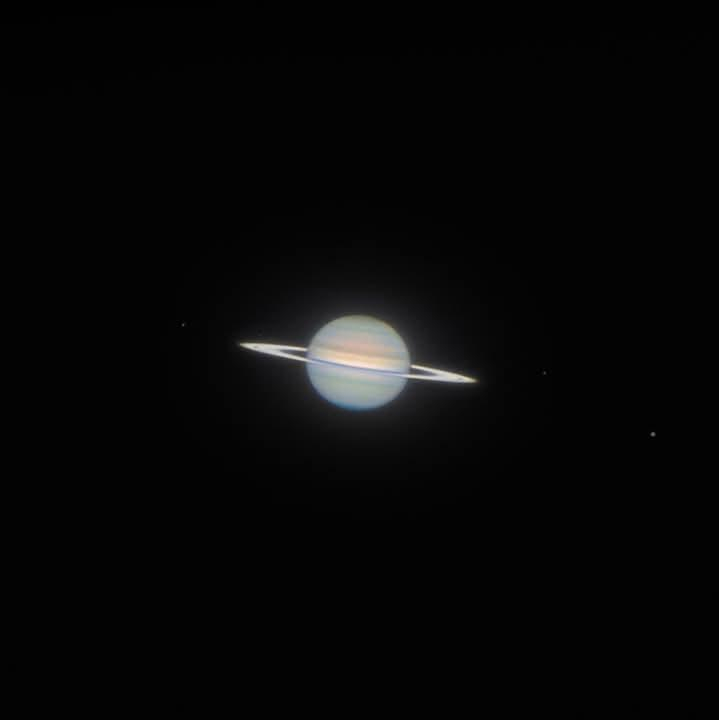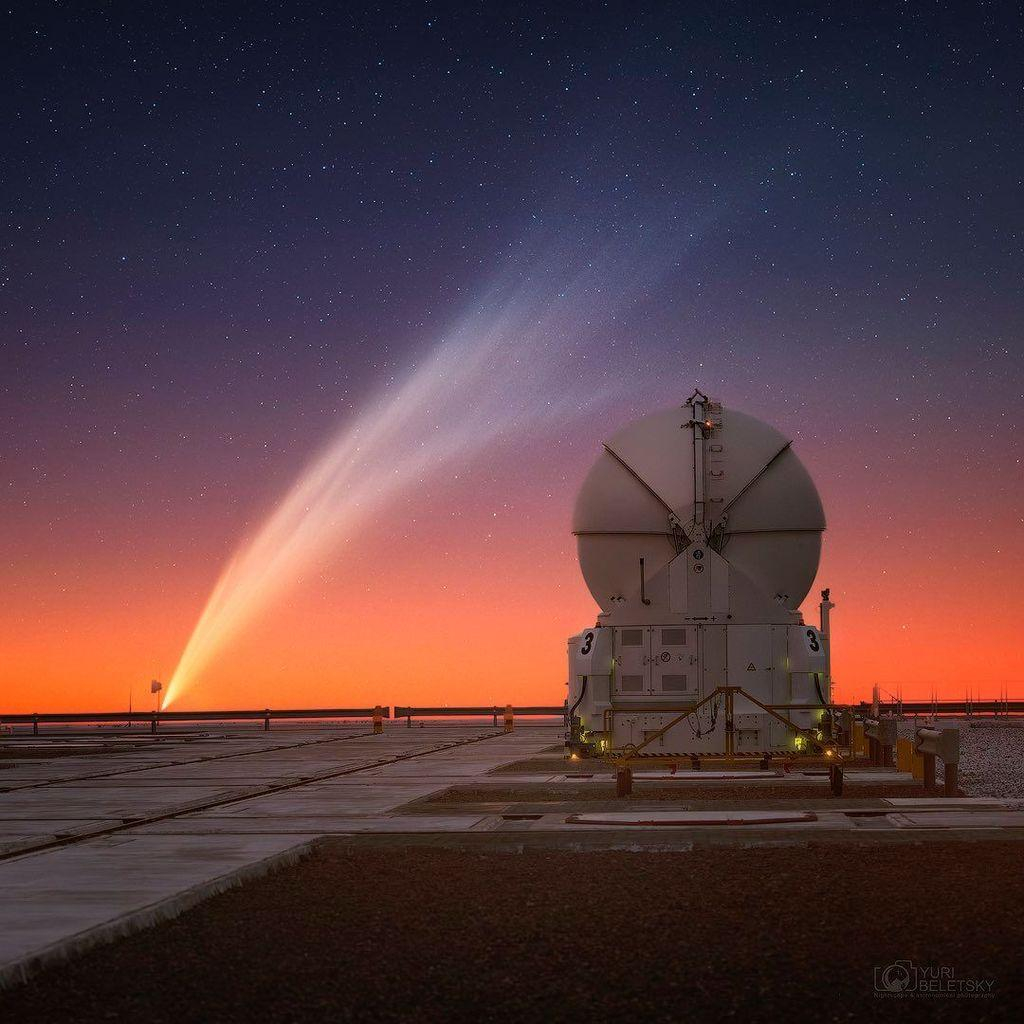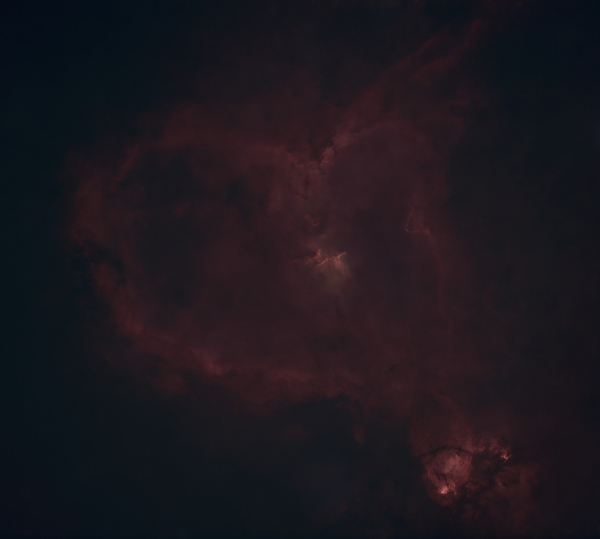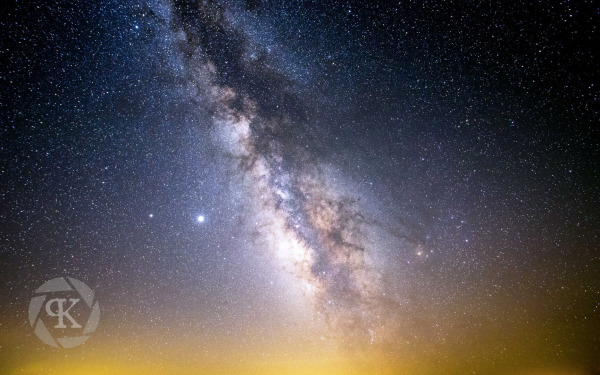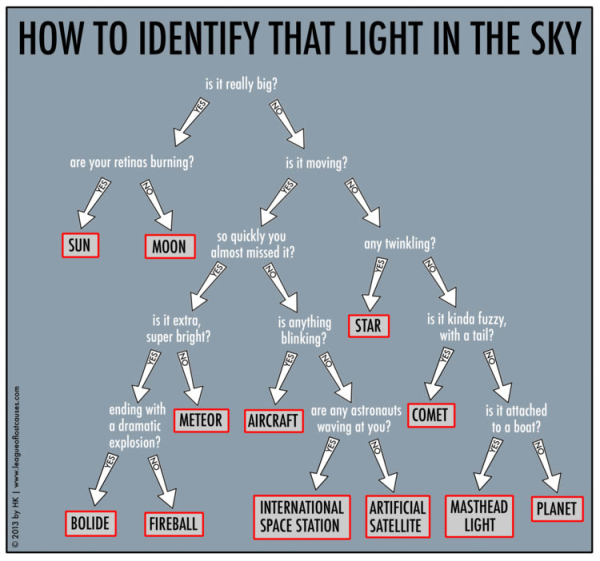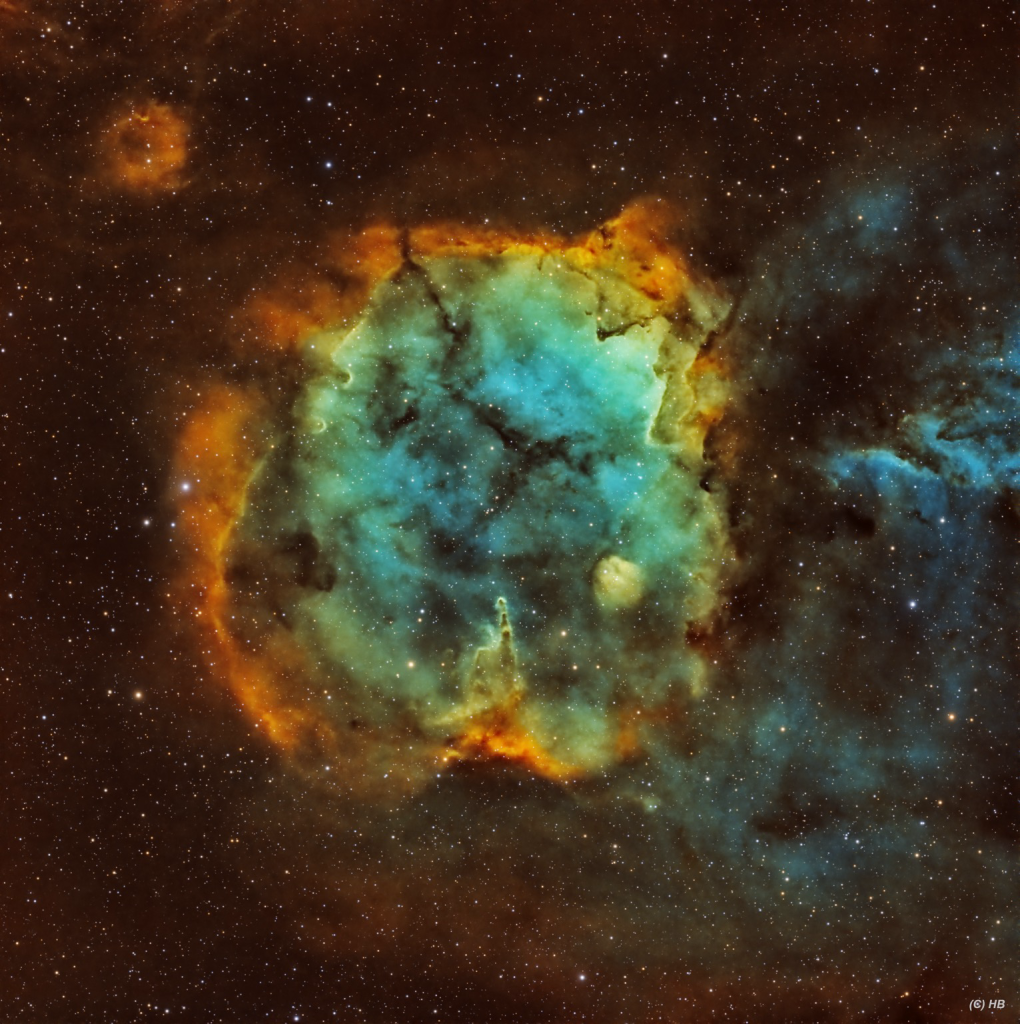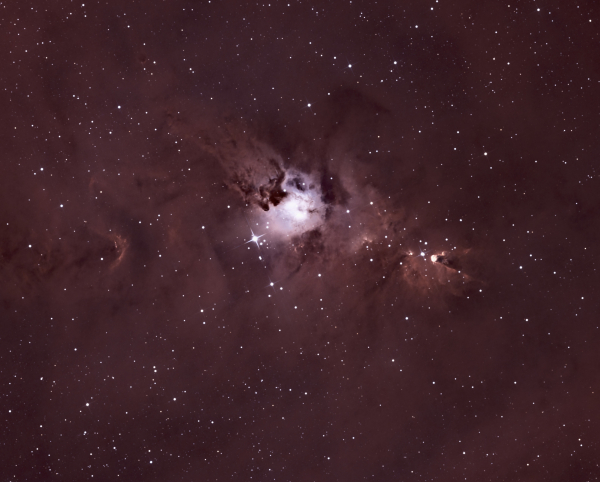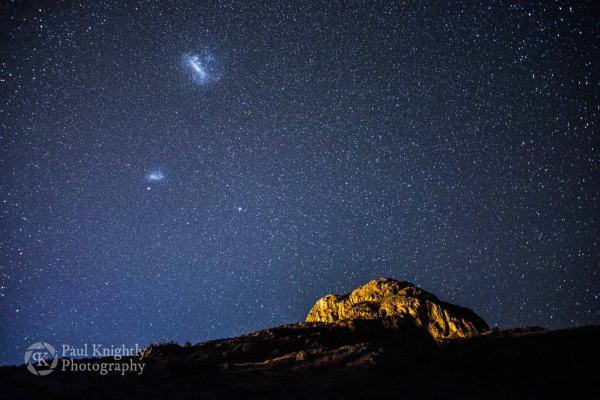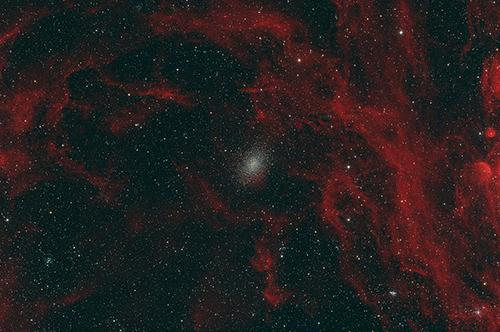Suche
Beiträge, die mit Space getaggt sind
My name is Benedetta (Benny) and I am Italian. 🇮🇹
I am a science communicator and an Analog Astronaut. 👩🏻🚀
My goal is to become the next Italian woman to fly to space! 🚀
I am a citizen scientist for NASA and also an asteroid huntress ☄️
#space #moon #mars #nasa #aerospace #astronaut #astronauta #cosmonaut #spacewalk #spacesuit #rocket #rocketscience #spacetravel #spaceflight
Credits: #NASA, Johns Hopkins U. APL, SWRI
#nature #space #astrophotography
In NASA asteroid samples, scientists discover key building blocks of life
An analysis of material taken from the asteroid Bennu suggests the chemical ingredients for life may have been widespread across the early solar system
#AureFreePress #News #press #headline #Space
https://www.nbcnews.com/science/space/nasa-asteroid-samples-organic-compounds-life-building-blocks-rcna189205
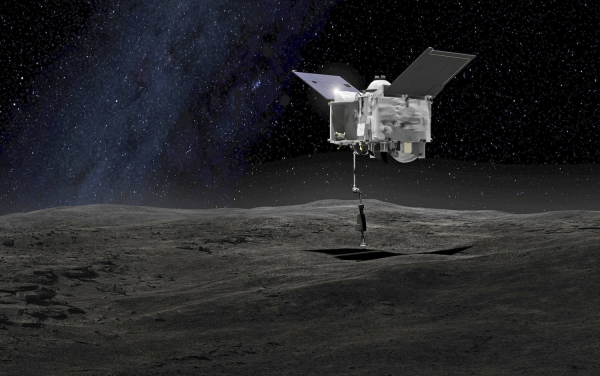
In NASA asteroid samples, scientists discover building blocks of life
In samples NASA brought back from the asteroid Bennu, scientists have discovered of organic compounds, including key building blocks of life like amino acids.Denise Chow (NBC News)
https://svs.gsfc.nasa.gov/13873/ #science #nature #space
Periodic Table of the Elements: Origins of the Elements
This periodic table depicts the primary source on Earth for each element. In cases where two sources contribute fairly equally, both appear. || PeriodicTableOrigins2_print.jpg (1024x682) [251.7 KB] || PeriodicTableOrigins2_Large.NASA Scientific Visualization Studio
Astronaut Suni Williams, stuck in space, says she's "trying to remember what it's like to walk" - EUROPE SAYS
NEEDHAM - Massachusetts native and astronaut Suni Williams said she's 'trying to remember what it's like to walk'EUROPE SAYS (EUROPESAYS.COM)
#astrophotography #astronomy #space #astro #andromeda
#astrophotography #astronomy #space #nightsky #nightphotography #photography #outdoors #stars #nebula #nebulae #galaxy #Astrodon
250mm, f5, 462 exposures of 10’’.
#telescope #telescopes #zwo #zwoasi #zwoseestar #zwoseestars50 #seestar #seestars50 #astro #astrophoto #astrophotos #astrophotography #astrophotographer #spacephotography #astronomy #spaceexploration #nasa #universe #space #deepsky #deepspace #nebula #orion #orionnebula #m42 #messier42 #messier
Detailed Information: https://astrocamp.eu/c25
▼ Vixen VC200L | Canon EOS M100(a) '23
#astrophoto #astrophotography #nightsky #space #sky #astronomy #telescope #clearsky #photography #nature #astrodon
Intergalactic Wanderer - C25
NGC 2419, also known as the "Intergalactic Wanderer," is a globular cluster located in the constellation Lynx, approximately 270,000 light-years away from Earth.Astrophotography and Astronomy
https://www.sciencealert.com/new-images-of-interstellar-dust-look-like-something-out-of-a-dream
#space #astrophotography #JamesWebb
New Images of Interstellar Dust Look Like Something Out of a Dream : ScienceAlert
The intricate whorls and striations of dust that drift between the stars have just been revealed in stupefying detail.Michelle Starr (ScienceAlert)
“We took the photograph while we were en route from northern #Chile to Santiago, travelling to attend the first workshop on Equity, Diversity, and Inclusion for the Chilean astronomical community at ESO-Vitacura. Little did we know that this journey would present us with a once-in-a-lifetime observational opportunity!
The flight was delayed, and as the plane ascended, the timing coincided perfectly with sunset. By pure coincidence, the window seat in our row was unoccupied, providing us an unobstructed view of the breathtaking landscape below. It was then that we noticed a faint but unmistakable glow in the sky: Comet C/2024 G3 Atlas!
Eager to share this spectacle, we informed the flight attendants, who promptly passed on the news to the pilots. They were as enthusiastic as us, and they made an announcement to the passengers, describing the rare sight visible outside the plane. The pilots dimmed the cabin lights and even turned off the wing lights to enhance visibility, allowing everyone onboard to experience the comet in its full glory.
The cabin was filled with awe as passengers took pictures of the comet. This moment was a testament to how celestial events can bring people together, even at 30,000 feet!”
🥲
Thanks for sharing this wonderful image and story, Virginia Cuomo from the Astronomy Department of La Serena University in Chile and the Chilean Astronomical Society, and Annagrazia Puglisi from the School of Physics and Astronomy of the University of Southampton!
📷 Annagrazia Puglisi
#astrodon #astronomy #astrophotography #space #science
Celestron NexStar Evolution 6 + ZWO ASI585MC Pro.
945mm, f6.3, 260 exposures of 15’’.
#telescope #telescopes #celestron #celestrontelescope #celestronnexstar #nexstarevolution #nexstarevolution6 #zwo #zwoasi #zwoasi585mc #astro #astrophoto #astrophotos #astrophotography #astrophotographer #spacephotography #astronomy #spaceexploration #nasa #universe #space #deepsky #deepspace #milkyway #cluster #globular #globularcluster #m15 #messier15 #messier
Celestron NexStar Evolution 6 + Canon EOS R7.
#telescope #telescopes #celestron #celestrontelescope #celestronnexstar #nexstarevolution #nexstarevolution6 #canon #canoneosr7 #eosr7 #astro #astrophoto #astrophotos #astrophotography #astrophotographer #spacephotography #astronomy #spaceexploration #nasa #universe #space #deepsky #deepspace #milkyway #cluster #globular #globularcluster #m13 #messier13 #messier
Celestron NexStar Evolution 6 + Canon EOS R7 + Celestron .63x Reducer.
#telescope #telescopes #celestron #celestrontelescope #celestronnexstar #nexstarevolution #nexstarevolution6 #canon #canoneosr7 #eosr7 #astro #astrophoto #astrophotos #astrophotography #astrophotographer #spacephotography #astronomy #spaceexploration #nasa #universe #space #deepsky #deepspace #milkyway #cluster #globular #globularcluster #m13 #messier13 #messier
Celestron NexStar Evolution 6 + ZWO ASI585MC Pro.
4500mm, f30, 200 of 1000 frames.
#telescope #telescopes #celestron #celestrontelescope #celestronnexstar #nexstarevolution #nexstarevolution6 #zwo #zwoasi #zwoasi585mc #astro #astrophoto #astrophotos #astrophotography #astrophotographer #spacephotography #astronomy #spaceexploration #nasa #universe #space #deepsky #deepspace #solarsystem #planet #planets #neptune
Celestron NexStar Evolution 6 + ZWO ASI585MC Pro.
4500mm, f30, 500 of 1000 frames.
#telescope #telescopes #celestron #celestrontelescope #celestronnexstar #nexstarevolution #nexstarevolution6 #zwo #zwoasi #zwoasi585mc #astro #astrophoto #astrophotos #astrophotography #astrophotographer #spacephotography #astronomy #spaceexploration #nasa #universe #space #deepsky #deepspace #solarsystem #planet #planets #uranus
I was able to image the Moon, Venus, Saturn, the M74 Galaxy, the Horsehead Nebula and the Jellyfish Nebula, along with wide fields of M42 and M45. Now let’s process all this data!
#telescope #telescopes #celestron #celestrontelescope #celestronnexstar #nexstarevolution #nexstarevolution6 #zwo #zwoasi #zwoasi585mc #astro #astrophoto #astrophotos #astrophotography #astrophotographer #spacephotography #astronomy #spaceexploration #nasa #universe #space #deepsky #deepspace
Celestron NexStar Evolution 6 + ZWO ASI585MC Pro.
945mm, f6.3, 130 exposures of 60’’.
#telescope #telescopes #celestron #celestrontelescope #celestronnexstar #nexstarevolution #nexstarevolution6 #zwo #zwoasi #zwoasi585mc #astro #astrophoto #astrophotos #astrophotography #astrophotographer #spacephotography #astronomy #spaceexploration #nasa #universe #space #deepsky #deepspace #nebula #horsehead #horseheadnebula #b33 #barnard33 #ic434 #ngc2023
Celestron NexStar Evolution 6 + ZWO ASI585MC Pro.
945mm, f6.3, 127 exposures of 60’’.
#telescope #telescopes #celestron #celestrontelescope #celestronnexstar #nexstarevolution #nexstarevolution6 #zwo #zwoasi #zwoasi585mc #astro #astrophoto #astrophotos #astrophotography #astrophotographer #spacephotography #astronomy #spaceexploration #nasa #universe #space #deepsky #deepspace #galaxy #galaxies #phantom #phantomgalaxy #m74 #messier74 #messier
Celestron NexStar Evolution 6 + ZWO ASI585MC Pro.
4500mm, f30, 100 of 20337 frames.
#telescope #telescopes #celestron #celestrontelescope #celestronnexstar #nexstarevolution #nexstarevolution6 #zwo #zwoasi #zwoasi585mc #astro #astrophoto #astrophotos #astrophotography #astrophotographer #spacephotography #astronomy #spaceexploration #nasa #universe #space #deepsky #deepspace #solarsystem #planet #planets #mars
Celestron NexStar Evolution 6 + ZWO ASI585MC Pro + HyperStar.
300mm, f2, 190 exposures of 60’’.
#telescope #telescopes #celestron #celestrontelescope #celestronnexstar #nexstarevolution #nexstarevolution6 #zwo #zwoasi #zwoasi585mc #astro #astrophoto #astrophotos #astrophotography #astrophotographer #spacephotography #astronomy #spaceexploration #nasa #universe #space #deepsky #deepspace #galaxy #galaxies #triangulum #triangulumgalaxy #m33 #messier33 #messier
#telescope #telescopes #celestron #celestrontelescope #celestronnexstar #nexstarevolution #nexstarevolution6 #zwo #zwoasi #zwoasi585mc #astro #astrophoto #astrophotos #astrophotography #astrophotographer #spacephotography #astronomy #spaceexploration #nasa #universe #space #deepsky #deepspace #solarsystem #planet #planets #jupiter
By: Cosmic Background Studios
#astronomy #astrophotography #space #photography #science
Celestron NexStar Evolution 6 + ZWO ASI585MC Pro.
4500mm, f30, animation from 16 x 2-minute captures, best 100 frames each.
#telescope #telescopes #celestron #celestrontelescope #celestronnexstar #nexstarevolution #nexstarevolution6 #zwo #zwoasi #zwoasi585mc #astro #astrophoto #astrophotos #astrophotography #astrophotographer #spacephotography #astronomy #spaceexploration #nasa #universe #space #deepsky #deepspace #solarsystem #planet #planets #jupiter
#space #science #scicomm
#space #astronomy #astrodon
All things #constellations! Each month we explore the #astronomy & #myths of one of the #IAU constellations. We talk about cool #space stuff (with a bias toward #BlackHoles & #exoplanets) as well as analyzing & retelling the myths of the night sky (a segment we like to call ret-con…stellations)
Season 1: The Zodiac (completed)
Season 2: Quests & Curses (completed)
Season 3: Into the Wild! (Underway)
Have a listen here: https://starrytimepodcast.com/episodes

Episodes
You want to hear the pod? Excellent! You can listen to Starry Time on Podbean, Apple Podcasts, Spotify, Stitcher, YouTube , and a few other services, or you can listen below!STARRY TIME PODCAST
#Astronomy #NightSky #Astrophotography #LongExposure #Arkansas #Ozarks #Space #Photographer #LandscapePhotographer #Stars #MilkyWay
Credits: The League of Lost Causes
#nature #space #astrophotography
#astrophotography #astronomy #space #nightsky #milkyway #nightphotography #photography #outdoors #stars #nebula #nebulae #Astrodon
#magellanicclouds #largemagellaniccloud #smallmagellaniccloud #space #astronomy #stars #astrophotography #patagonia #argentina
https://www.universomagico.net/2025/01/ngc-1978-por-martin-pugh.html
Astronomer Martin Pugh's excellent image shows the globular cluster NGC 1978. It is located in the direction of the constellation Doradus and is found in the Large Magellanic Cloud, a companion galaxy to the Milky Way. It is located at a distance of 159,700 light years from Earth. Unlike.....
#astronomy #space #astrophysics #astrophotography
NGC 1978 por Martin Pugh
Jueves 23 de Enero de 2025 La excelente imagen del astrónomo Martin Pugh ...www.universomagico.net
UGC 05028 (the smaller spiral galaxy) and UGC 05029 (the larger spiral) form an interacting pair.
Interactions with its companion likely gave UGC 05028 its asymmetric structure. The bright knot in the bottom of UGC 05028 may be yet another small galaxy that is in the process of merging.
Credit: NASA, ESA, STScI, J. Dalcanton, Judy Schmidt, PanSTARRS
Source: https://www.flickr.com/photos/geckzilla/48172158187/
#ArpGalaxy #Galaxy #Space #Astronony




